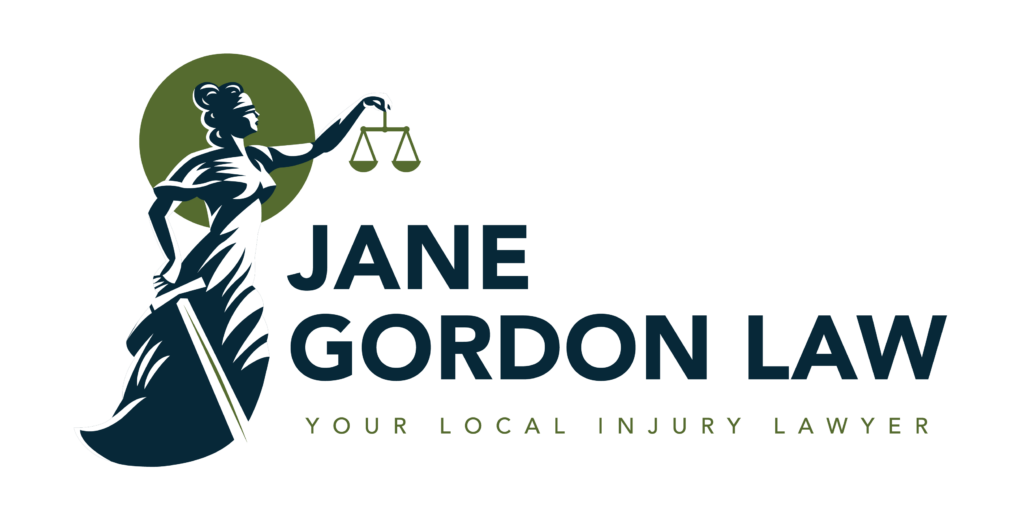
Your Guide to Idaho’s 2024 Non-Economic Damages Cap and Maximizing Compensation
When you or a loved one has been injured due to someone else’s negligence, receiving fair compensation is crucial to help you recover physically, emotionally, and financially. However, in Idaho, there are limits on how much you can recover for certain types of damages. These limits, known as damage caps, specifically affect the compensation you can receive for non-economic damages. Here’s what you need to know about Idaho’s non-economic damages cap and how to maximize your compensation.
What Is Idaho’s Non-Economic Damages Cap?
In Idaho, personal injury claims are subject to a cap on non-economic damages, which covers compensation for intangibles like pain and suffering, emotional distress, and loss of enjoyment of life. These damages are often harder to quantify than medical bills or lost wages, but they can be just as important to your recovery.
As of July 1, 2024, Idaho’s non-economic damages cap is $490,512.33. This is an increase from Idaho’s 2023 non-economic damages cap, set at $458,728.65.
Keep in mind Idaho’s non-economic damages cap changes every year. On July 1st of each year, the cap is adjusted to reflect inflation and changes in the state’s average annual wage. This adjustment helps ensure that the cap keeps pace with the cost of living, but it also means that the amount of compensation available may vary depending on when your case is resolved.
Staying informed about the current cap is important, as it will impact how much you can receive for your non-economic damages in a personal injury case.
How Are Non-Economic Damages Determined?
Non-economic damages, unlike economic damages (such as medical bills or lost wages), don’t have a clear dollar amount attached to them. However, they are just as important to your overall compensation. These damages are meant to account for the physical, emotional, and psychological toll of the injury. Here’s how non-economic damages are typically evaluated:
- Severity of the injury: The more serious or life-altering the injury, the higher the potential for non-economic damages. Permanent injuries, disfigurement, or chronic pain often result in higher awards for pain and suffering.
- Impact on daily life: The extent to which the injury affects your ability to enjoy life, perform daily activities, or maintain personal relationships is another factor. For example, if an injury prevents you from enjoying hobbies or spending time with loved ones, the non-economic damages may be higher.
- Duration of the recovery: Injuries that require long-term treatment or result in permanent disability typically warrant higher non-economic damages. The longer the recovery, the more likely a victim will experience significant pain, suffering, and emotional distress over time.
- Emotional and psychological effects: If the injury leads to mental health conditions such as anxiety, depression, or post-traumatic stress disorder (PTSD), these factors can increase the non-economic damages. The emotional toll of an injury is taken into account when calculating compensation.
Judges, juries, or insurance companies will evaluate these factors to estimate the value of non-economic damages. Working with an experienced personal injury attorney helps ensure that these critical aspects of your injury are properly documented and presented in your case.
Why Do Damage Caps Exist?
Damage caps are put in place in Idaho and many other states to control insurance premiums and reduce the likelihood of large, unpredictable payouts in personal injury cases. These caps aim to create predictability in personal injury compensation, which helps insurers manage their risks and keeps premiums stable for businesses.
However, for the injured party, damage caps can be frustrating. Even if your pain and suffering are significant, the law limits the amount of compensation you can receive for these non-economic losses. This is why it’s critical to understand your rights and the full extent of compensation available to you.
Maximizing Compensation with a Personal Injury Attorney By Your Side
While Idaho’s non-economic damages cap can limit compensation for intangible losses, there are still ways to pursue the full amount you deserve. Working with an experienced personal injury attorney is key to exploring every possible route for securing fair compensation and avoiding common mistakes in personal injury cases. Here’s how an attorney can guide you through strategies to maximize your case:
1. Tailoring a legal strategy to your case: A knowledgeable personal injury attorney will begin by explaining how Idaho’s non-economic damage caps apply to your specific situation. They will help you understand each aspect of compensation available in your case and clarify how both economic damages and non-economic damages might be pursued.
2. Identifying exceptions to the damage cap: Idaho’s cap on non-economic damages is designed to limit certain types of compensation, but some cases may qualify for exceptions. Particularly in situations of gross negligence or willful misconduct by the responsible party, an experienced personal injury attorney can argue that the cap should not apply, opening the door for higher compensation for intangible losses like pain and suffering.
3. Focusing on economic damages: Unlike non-economic damages, economic damages (such as medical bills, lost wages, and future medical expenses) are not capped in Idaho. An attorney will work with you to document the full financial impact of your injury, thoroughly assessing medical costs, future treatment needs, and lost earning potential. By maximizing economic damages, you can significantly increase your total compensation, which helps to offset the cap’s restrictions on non-economic losses.
4. Building a strong case: A comprehensive, well-documented case gives you the best leverage in insurance settlement negotiations or trials. Your personal injury attorney will help you gather vital evidence — such as medical records, accident reports, and expert testimony — to demonstrate the impact of your injuries. This strong foundation allows your attorney to negotiate more effectively and advocate for the highest possible compensation based on the unique circumstances of your case.
Protecting Your Right to Full Compensation for Non-Economic Damages
Idaho’s non-economic damages cap limits the amount of compensation you can receive for pain and suffering, emotional distress, and other intangible losses. However, there are ways to work around these limitations and ensure you receive the compensation you deserve for your injuries.
If you’ve been injured and are worried about how Idaho’s damage cap might affect your personal injury case, contact Jane Gordon Law today. We will help you navigate the legal process, build a strong case, and explore all possible strategies for maximizing your compensation.

